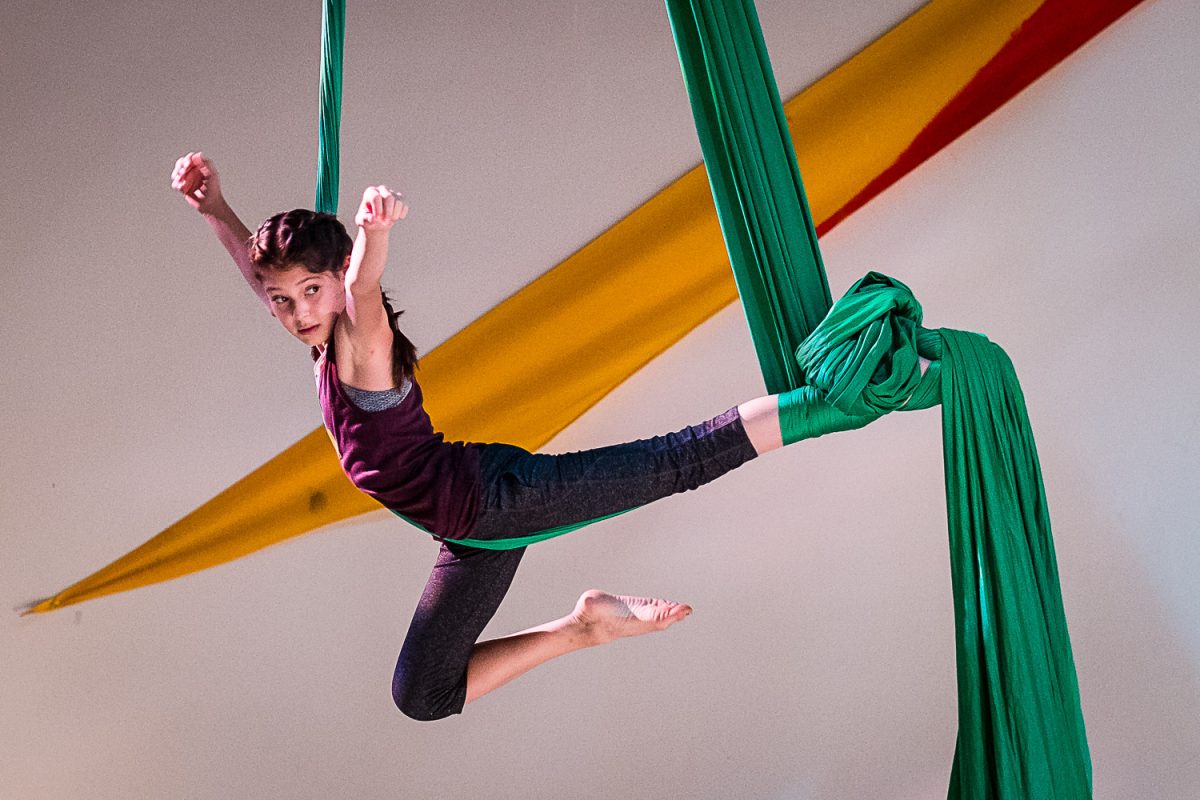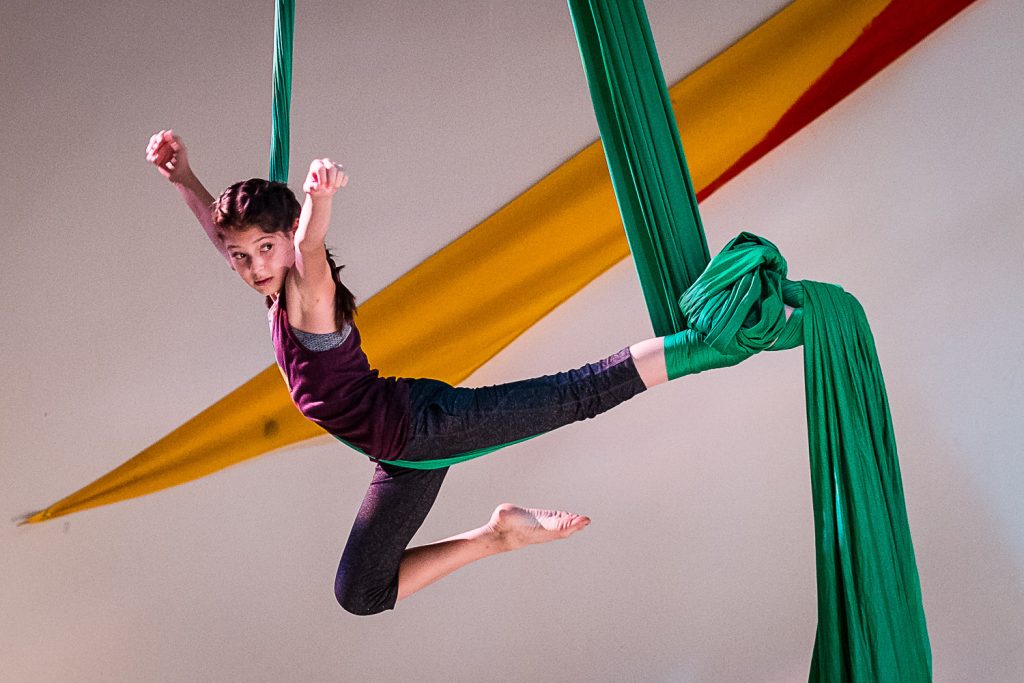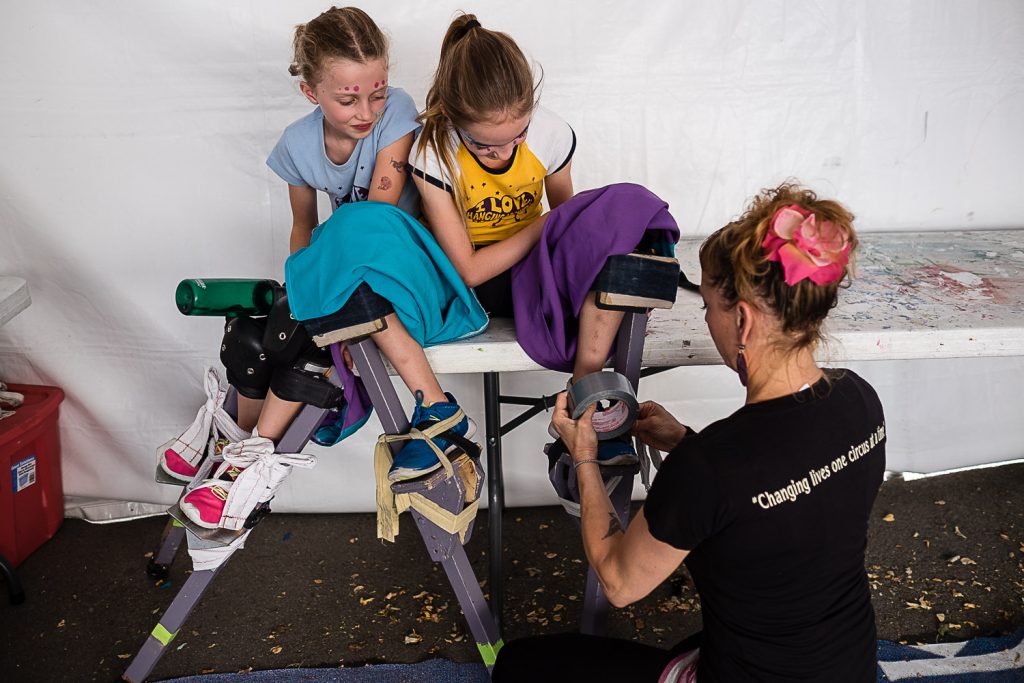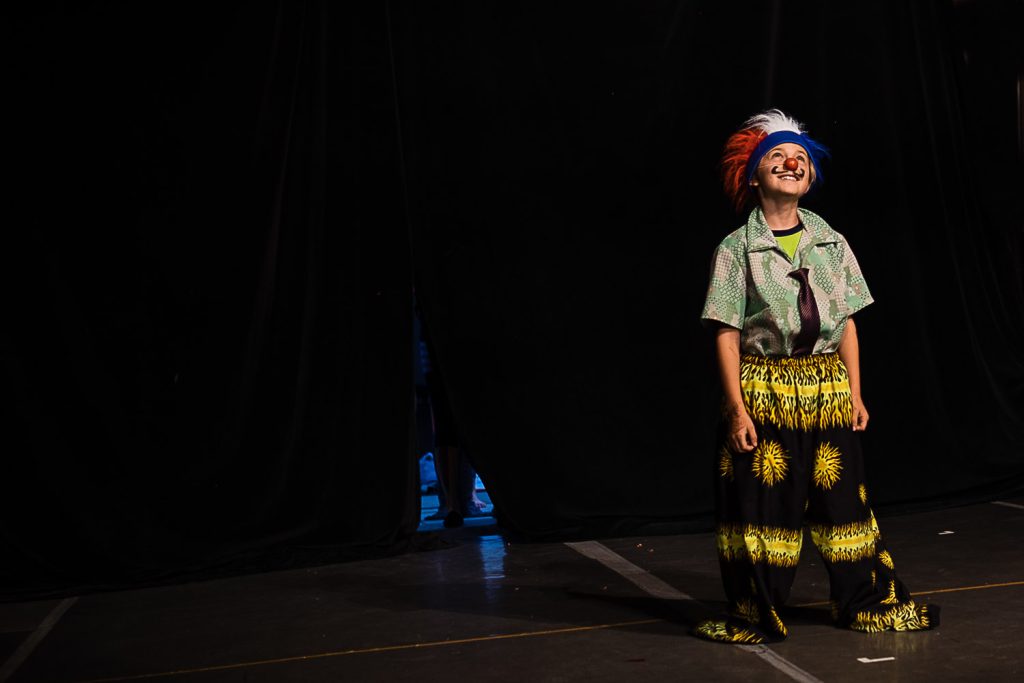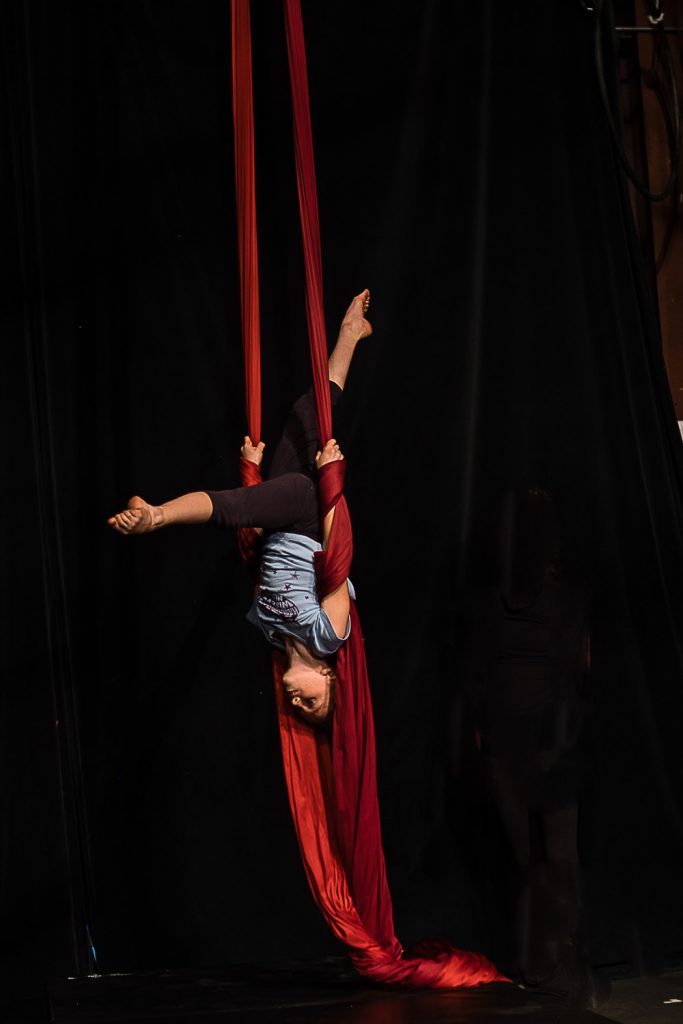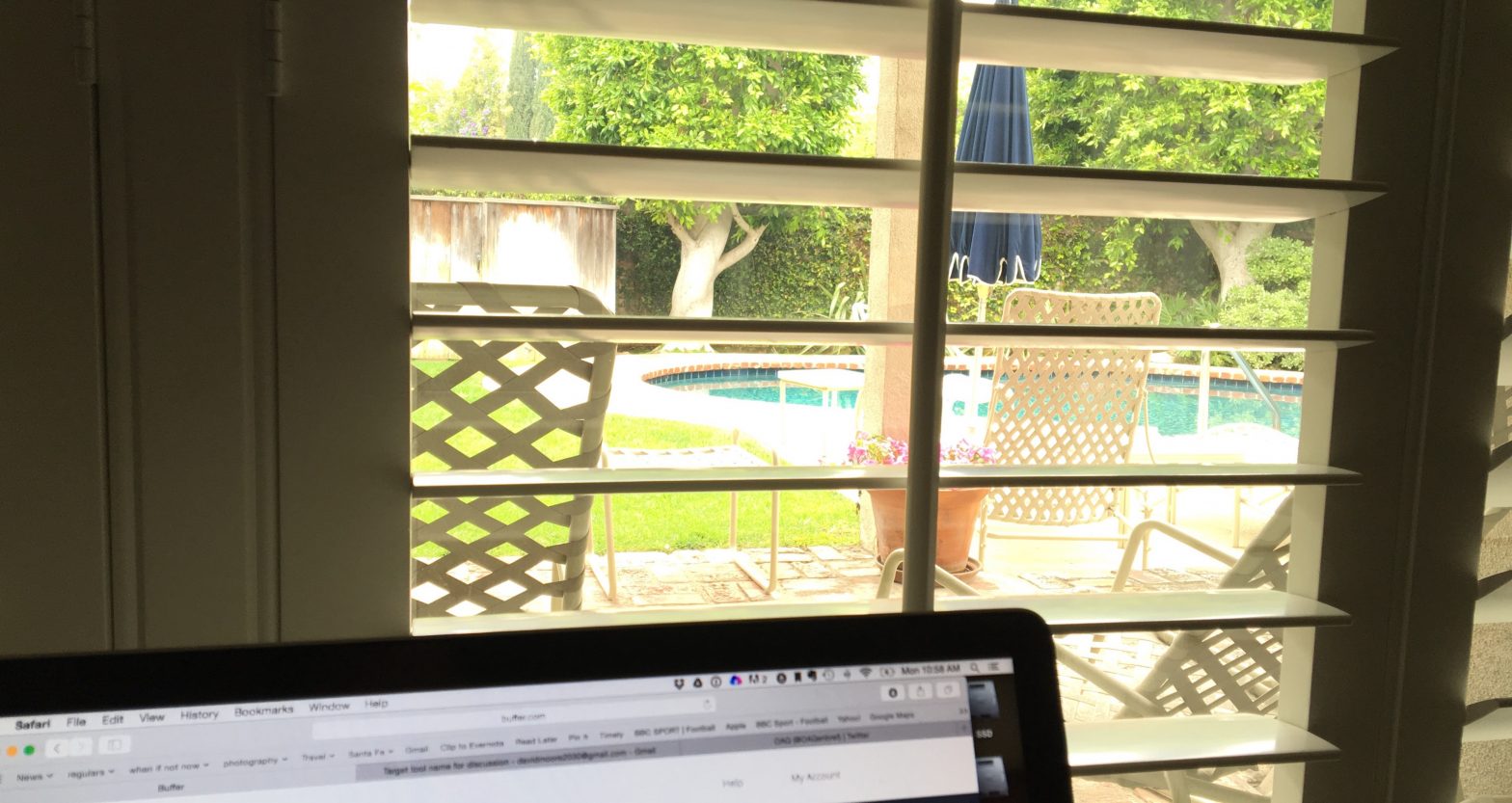ABC news anchor Dan Harris has a striking line in his recent best-seller on meditation, 10% Happier:
“Many people live habitually as if the present moment were an obstacle that they need to overcome in order to get to the next moment. And imagine living your whole life like that, where always this moment is never quite right, not good enough because you need to get to the next one. That is continuous stress.”
That sounds like a description of running or working in many startups. The ‘continuous stress’ used to be considered a necessary part of the startup experience, but an increasing number of investors and startups are turning to mindfulness as a more positive approach to running an organization.
Trevor Loy, a VC funder who blogs on mindfulness explains why we need to take a closer look at this issue.
“It amazes me that over the last decade we’ve re-invented product development; popularized customer development; laid out the canvas for business model development; and completely ignored our leaders and their psychological, social and emotional development.”
As defined by prominent mindfulness and meditation expert Dr. Jon Kabat-Zinn, who developed the Mindfulness Based Stress Reduction (MBSR) program at the University of Massachusetts Medical Center, mindfulness is “paying attention in a particular way: on purpose, in the present moment, nonjudgmentally.”
That sounds a little vague — we all think we’re paying attention most of the time — until we start a practice like meditation that forces us to examine what we’re actually thinking about.
Dan Harris describes an early meditation attempt in which he was supposed to be paying attention to his breath:
“The repeated attempt to bring the compulsive thought machine to heel was like holding a live fish in your hands. Wrestling your mind to the ground, repeatedly hauling your attention back to the breath in the face of the inner onslaught required genuine grit.”
If mindfulness is a kind of mental fitness, and meditation is one possible training method to get you there — in the same way as running or weight training are different ways to achieve physical fitness.
Benefits for Individuals
So how does this difficult work of improving your mindfulness help you deal with a fast-paced startup? Repeated research has shown the benefits include greater creativity, productivity and willpower, improved physical health and even reduced fear.
A study at Yale University reported in Entrepreneur showed that people who regularly practice meditation are better able to concentrate, switching off areas of the brain linked to daydreaming and lapses of attention, while Dr Kelly McGonigal from Stanford University describes meditation as key to increasing willpower.
Extending Mindfulness to the Organization
One obvious step is for employees at startups and other technology companies to be encouraged to start practicing meditation, and companies such as Medium, Google and Dropbox offer meditation classes and workshops to their employees.
However, if the expectations, values and processes within an organization don’t also encourage mindfulness, then the classes alone won’t fix the problem.
Medium co-founder Ev Williams asked Jonathan Rosenfeld, Medium’s Change Strategy and Leadership Consultant, how they could build a company where people were productive, creative, and engaged but not working crazy hours.
Rosenfeld replied,
“We remove as much pointless, non-productive anxiety from the workplace as possible . . . If you reduce anxiety, you get the productivity and creativity without the crazy hours. Mindfulness also reduces interpersonal anxiety. This frees people up to be better colleagues and collaborators.”
This cultural shift has to come from the top, and needs to include systems that allows for everyone to deliver and receive careful feedback: too often, organizations react quickly rather than respond thoughtfully.
Changing a strictly hierarchical organization structure can also help to improve mindfulness — if employees can make decisions on what and how they work on projects, they’re more likely to take a considered approach.
Rosenfeld argues that improving communications skills is also valuable: “In an environment that favors curiosity, compassion, generosity, identification, and appreciation, it’s relatively safe to have tough conversations.”
The Future of Mindfulness
Events such as the Wisdom 2.0 conference show mindfulness is currently a hot topic in the US tech world, and it’s part of the broader trend of lifehacking as we investigate techniques and approaches to wellness and self-improvement that include Fitbits and habits apps like Coach.me.
But the unarguable individual benefits of improving mindfulness are more than just a fashion, and working on mindfulness at an organization level also suits the tech startup model of trying a range of approaches and sticking with those that deliver measurable value.
We’ve recognized that the old-style workplace is full of distractions such as too many in-person meetings and emails. Working on mindfulness in a startup might be the best way to work on the biggest source of distraction of all — our own brains.

